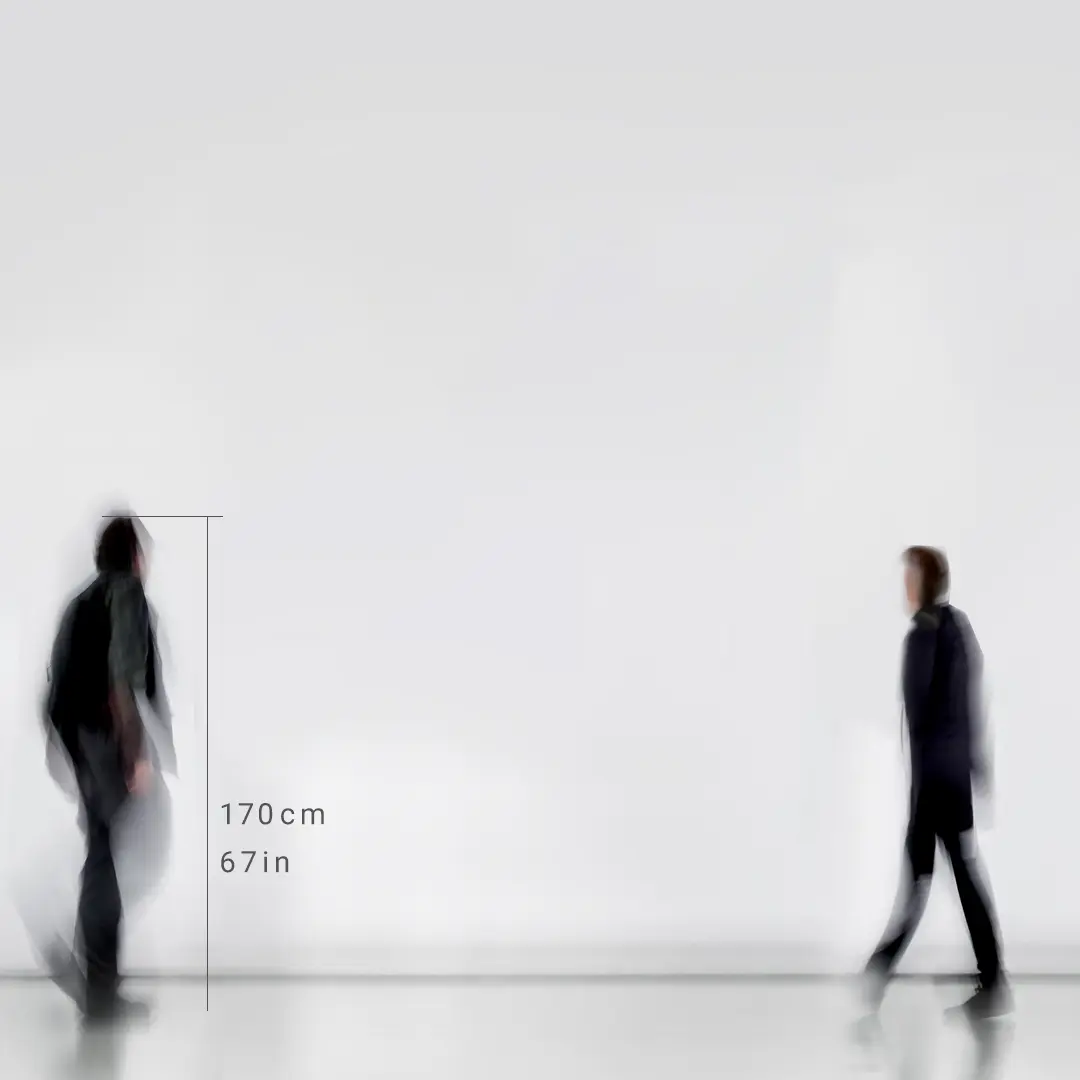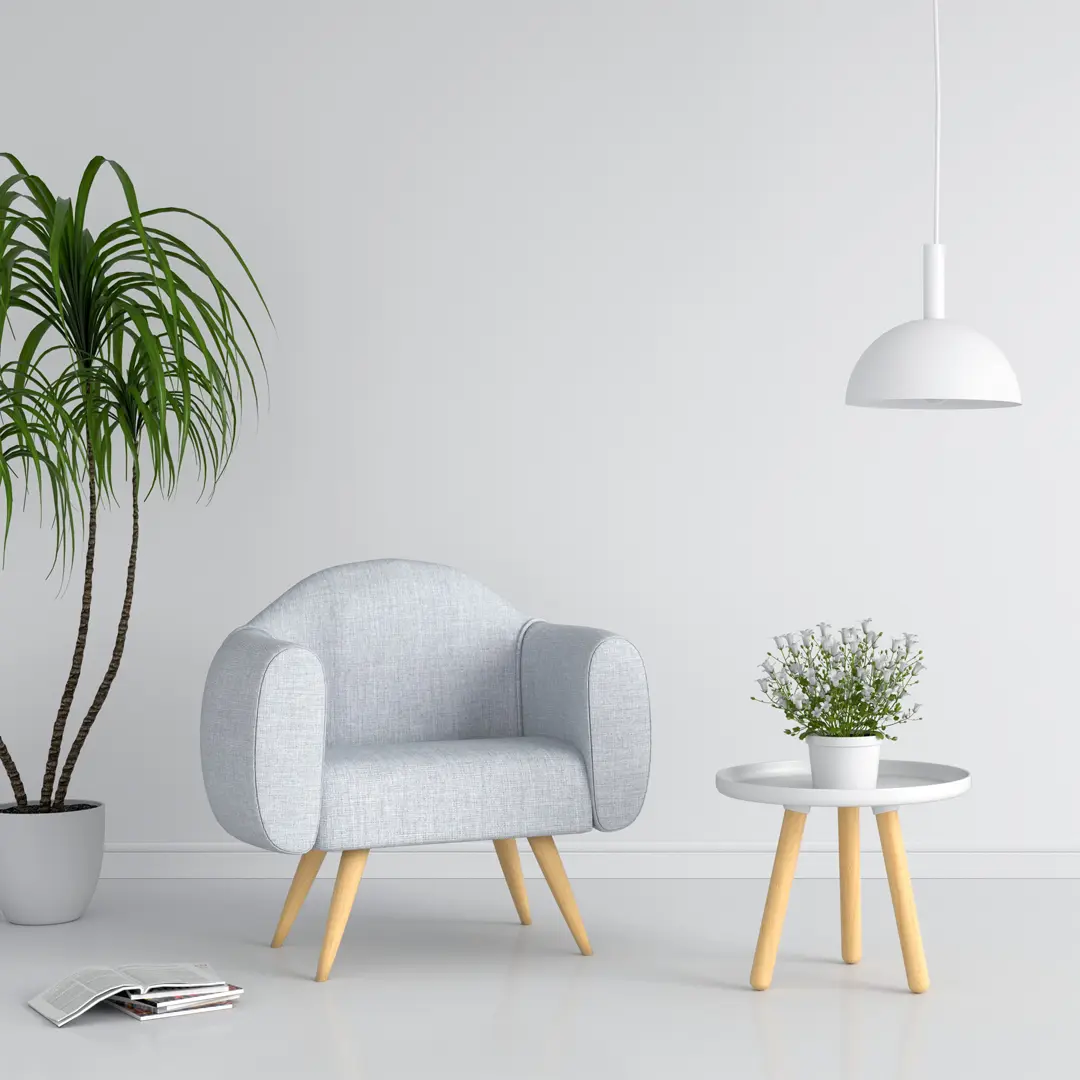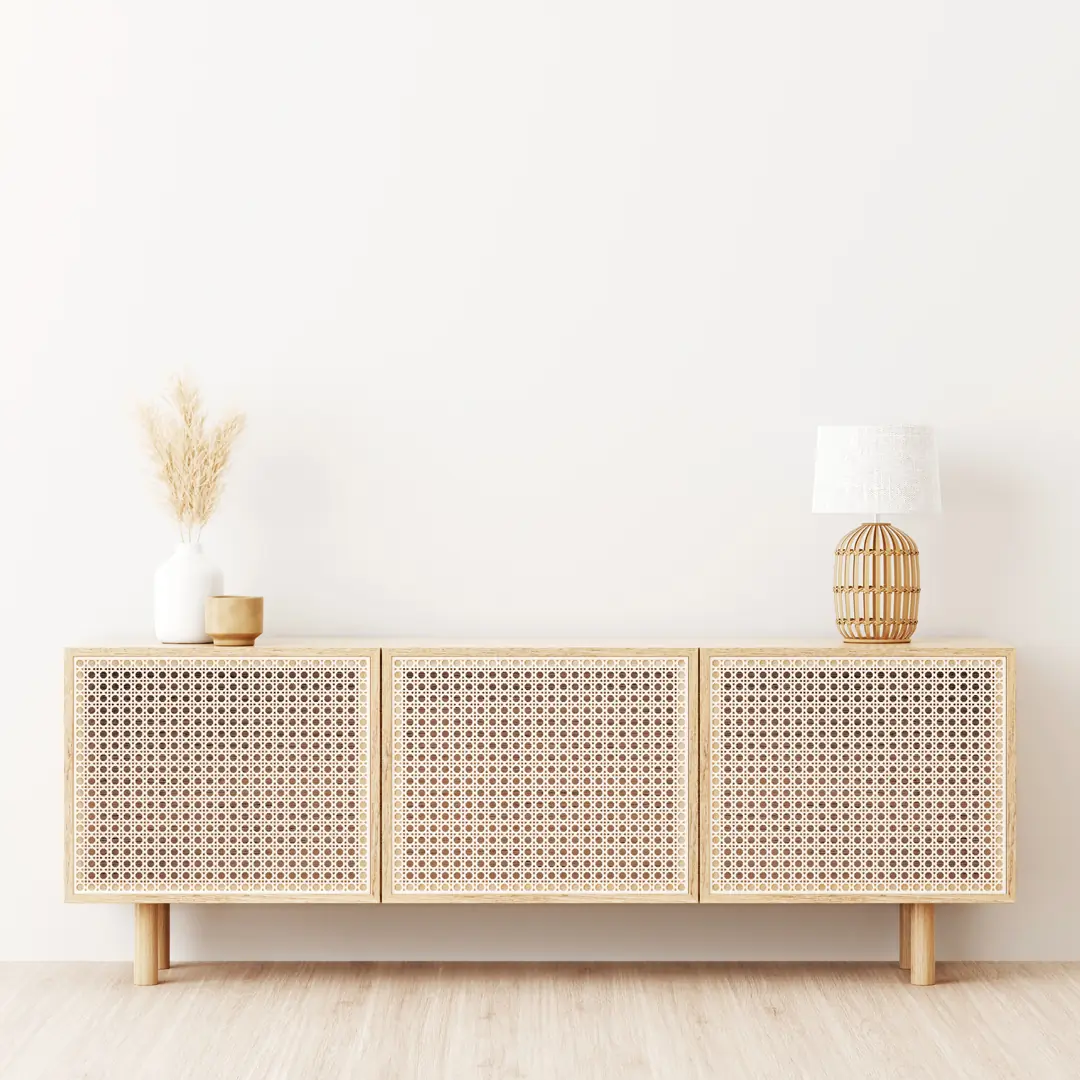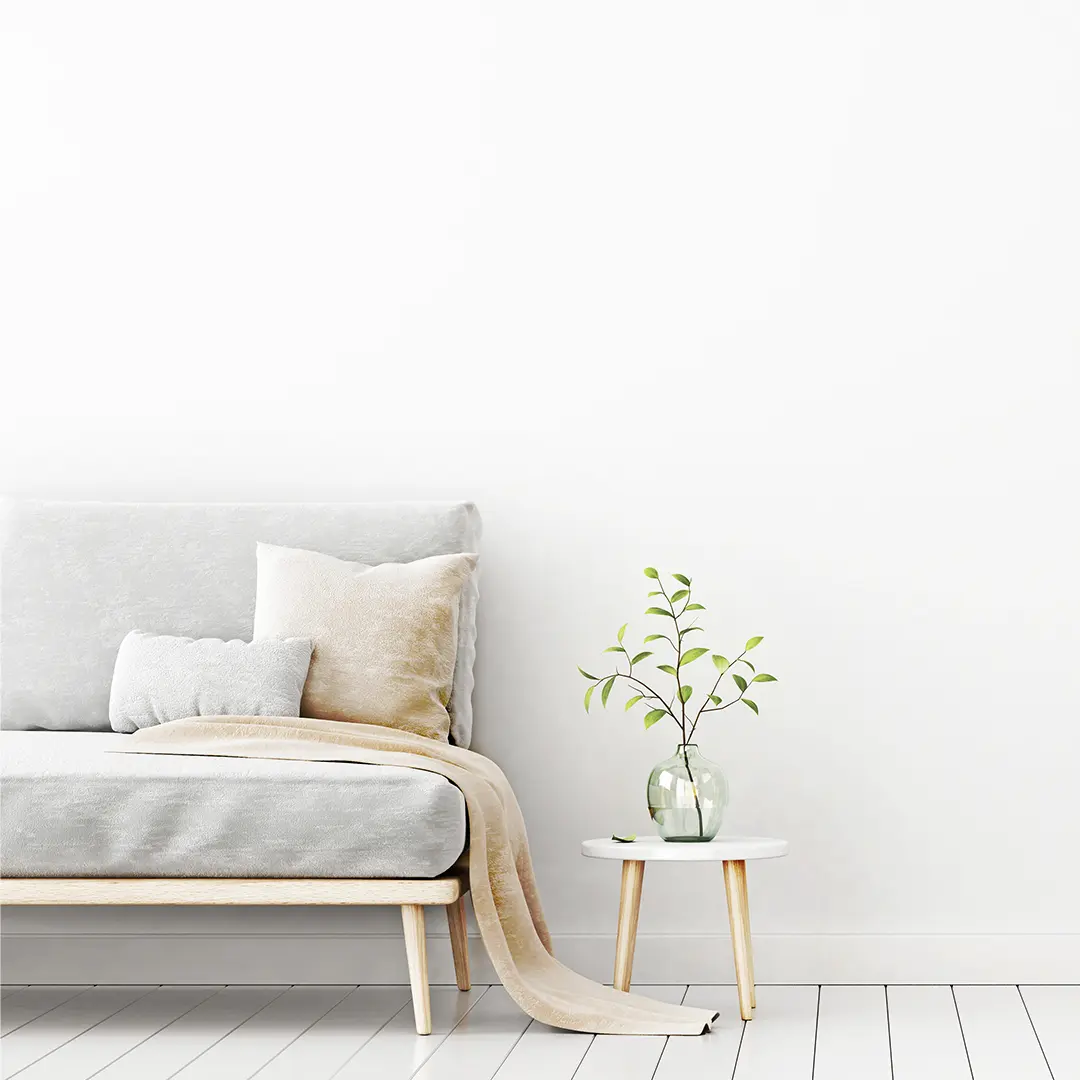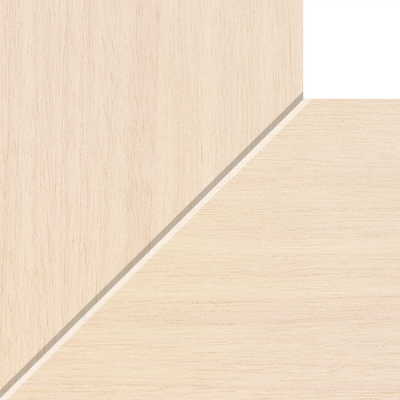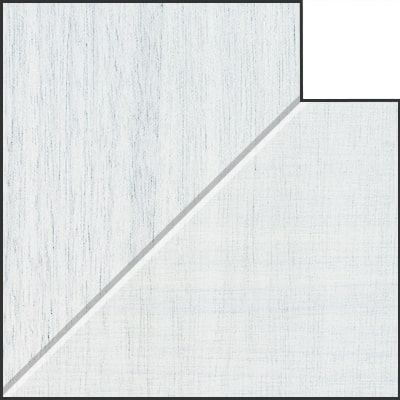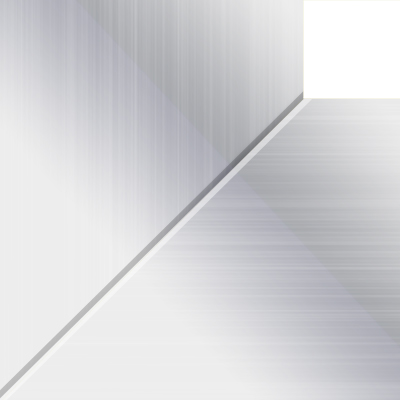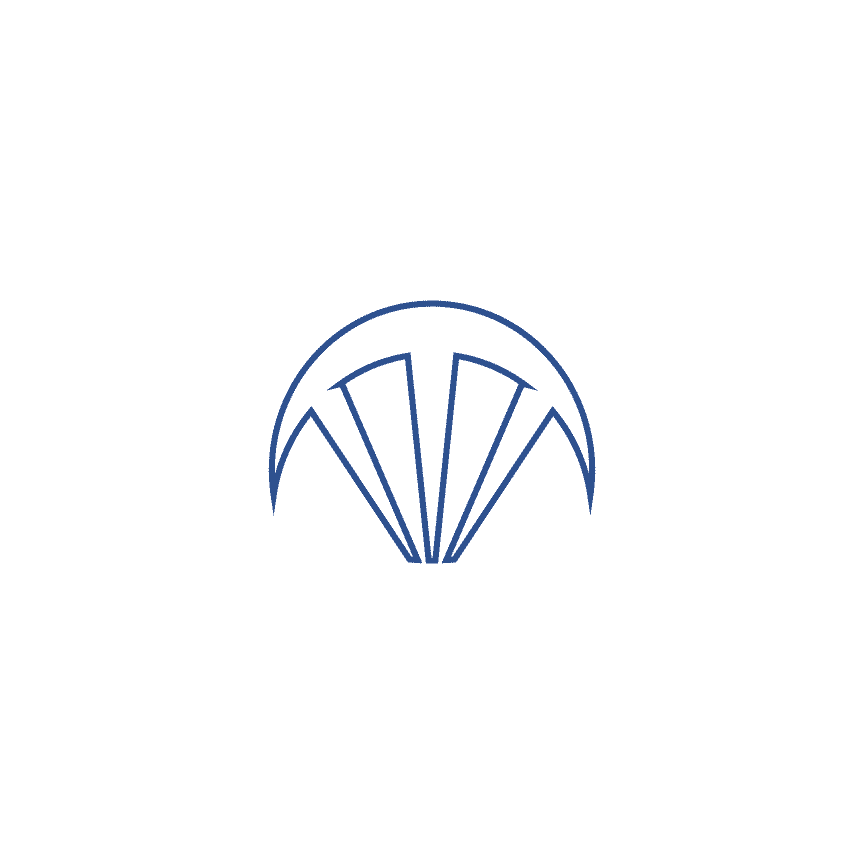The thoughts of generations of people, the personal histories of all those who have ever felt the blues, are raining down on us." ("Deep Blues" by Robert Palmer, translated by Tadashi Igarashi, JICC Press, 1992) The "Reunion Series" is "a work in which the artist, a music fan, expresses the blues through painting. The "Reunion Series" is based on the artist's desire to "express abstract things in paintings using figurative objects. The reason for using a cow as a motif is that it is suitable for symbolically expressing "the fragility that all living things are destined to possess. Cows also have an aspect as wild animals, but more than that, they have a strong image as livestock to be consumed by humans. Even though the cows may not have wished it, I tried to project the "blues" into the way they are as animals that are close to human activities. I would like to explain how you introduced figurative motifs into your work. I started my career with organic abstraction as my painting style, using a technique I discovered in 1999 called "layering and grinding acrylic paints. However, after a few years, I began to have doubts about "where should I finish" and "what do I want to convey" in relation to the abstract and spontaneous generation of the screen. Therefore, I decided to continue using the same technique but to introduce figurative motifs in the composition of the screens to make them easier to understand, and began a series of works around 2002 called the "Reunion Series," which includes this work.
After the preliminary preparation by underpainting and scraping to destroy the grain of the wood, more than 20 layers of paint, both partial and solid, are applied to the screen as a depiction, and grinding with water-resistant sandpaper is repeated while applying water until a finished screen is found.
The panels used are applied on both the front and back sides. The entire surface of the screen, sides, and reverse side are coated with ground paint. The same color as the screen background is also applied to the sides.
The slit on the back of the work is a ventilation duct inside the panel, but pins and hooks can also be hooked to it during installation. The smooth matiere allows the work to be cleaned with a dish towel. Fujimoto's paintings have been produced using a consistent technique of "layering and grinding acrylic paints" since 1999 to the present. He pursues the possibilities of this technique by taking advantage of the characteristics of painting and its "multilayered magic.












